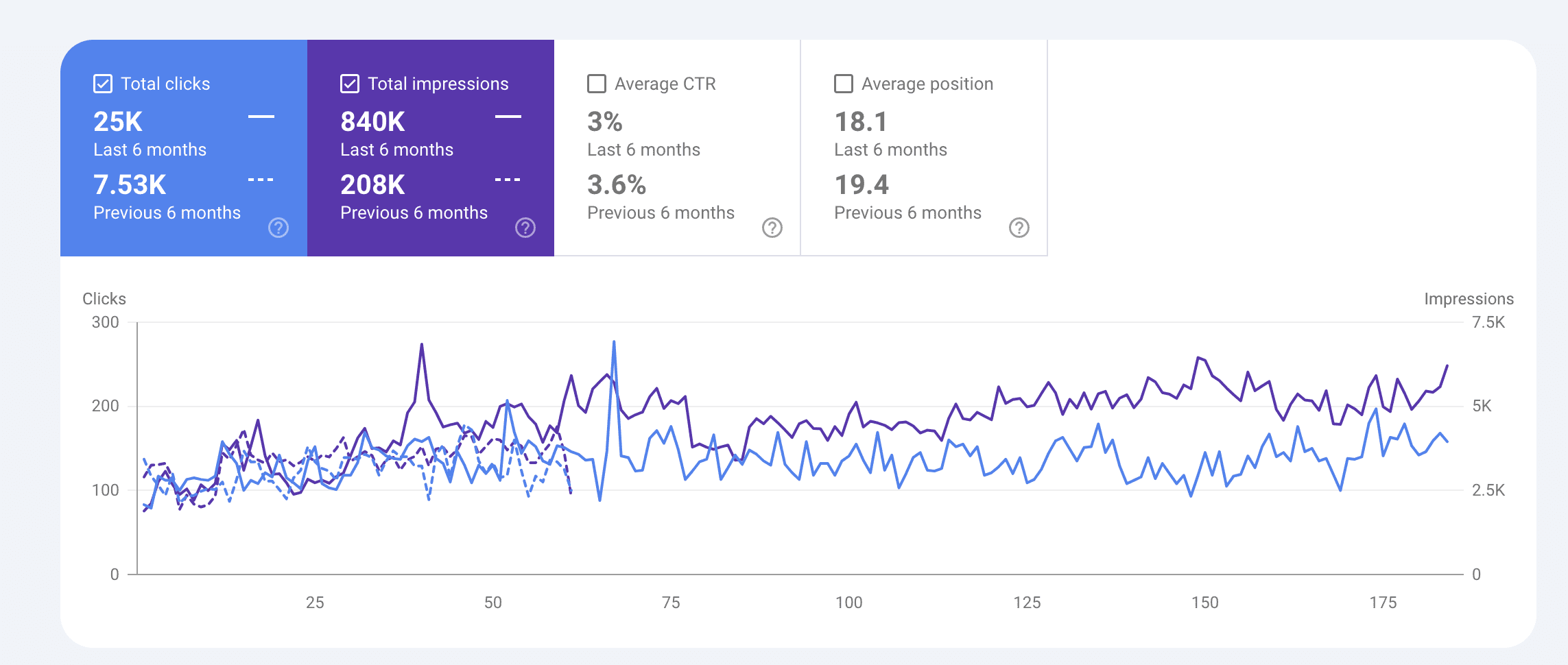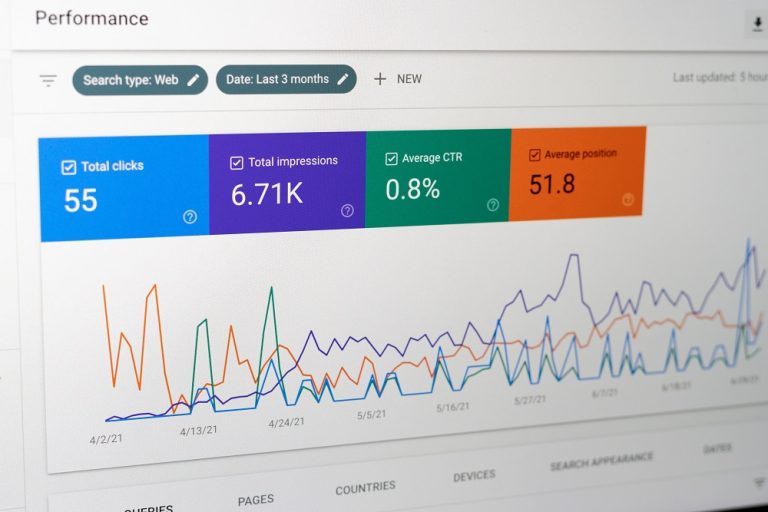In the digital space, zero-click searches have become a new norm, reshaping how users interact with search engines and access information. This change, where search engine results pages (SERPs) provide immediate answers to queries, greatly impacts how content creators and digital marketers approach search engine optimisation (SEO). In this detailed exploration, we explain zero-click searches and strategise how to optimise content to thrive in this new environment.
Understanding Zero-Click Searches
A zero-click search occurs when a user’s query is answered directly on the SERP, negating the need for further clicks. This has risen dramatically in recent years, driven by the search engines’ commitment to enhancing user experience. Google, for example, has refined its algorithms and SERP layouts to offer quick answers, featured snippets, knowledge panels, and more, directly addressing users’ queries.
The prevalence of zero-click searches represents a paradigm shift in SEO. Where traditionally, the goal was to drive website traffic, the focus is increasingly on providing concise, direct answers within SERPs. This shift requires a nuanced understanding of user intent and the types of queries that lead to zero-click results.
Impact on Digital Marketing and SEO
The rise of zero-click searches presents a dual-edged sword for digital marketers and content creators. On the one hand, it offers an opportunity for increased visibility and brand recognition when content appears directly in SERPs. On the other hand, it can lead to reduced website traffic, as users get the information they need without visiting the actual website.

Strategies for Optimising Content for Zero-Click Searches
Focus on Featured Snippets
Featured snippets, often called “position zero” in SERPs, are prime real estate in zero-click searches. To optimise for these, create content that directly answers specific questions. Use clear, concise language, and structure your content with headings, bullet points, and numbered lists to increase the likelihood of being featured.
Utilise Schema Markup
Schema markup is a powerful tool in SEO that helps search engines understand the context of your content. Implementing schema can enhance the presentation of your content in SERPs, making it more likely to be chosen for quick answers and featured snippets.
Leverage Long-Tail Keywords
Long-tail keywords, which are more specific and often longer than typical keywords, can reduce the competition for zero-click spots. These keywords often align closely with particular queries and can increase your chances of appearing in zero-click results.
Optimise for ‘People Also Ask’
The ‘People Also Ask’ section in Google’s SERPs is a goldmine for zero-click optimisation. Your content can be featured better by targeting the questions listed here and providing clear, authoritative answers.
Create Comprehensive, Authoritative Content
While brevity is critical for zero-click optimisation, comprehensive, in-depth content still holds significant value. It establishes authority and trustworthiness, which are crucial for being considered a source for quick answers by search engines.
Monitor Search Intent
Understanding the intent behind search queries is crucial. Analyse whether the purpose is informational, transactional, or navigational, and tailor your content accordingly. For zero-click searches, informative content is usually the most relevant.
Optimise for Mobile and Voice Search
Optimising for these platforms is essential with the increasing use of mobile devices and voice assistants. Voice search queries tend to be longer and more conversational, so ensure your content caters to this trend.
Balancing Zero-Click Optimisation with Traditional SEO
While optimising for zero-click searches is essential, it’s important not to neglect traditional local SEO practices. A balanced approach ensures that you drive traffic to your site for more detailed inquiries while you cater to quick answers.

Diversify Your SEO Strategy
A well-rounded SEO strategy is essential in today’s digital landscape. Balance your efforts between zero-click optimisation and traditional SEO methods. Incorporate a mix of keyword targeting, quality content, backlinking, and local SEO. This approach ensures visibility in both instant-answer scenarios and traditional search results, driving a steady traffic flow to your website from multiple sources.
Enhance User Experience on Your Website
User experience (UX) is pivotal for retaining visitors who click through to your site. Prioritise a responsive, intuitive design with fast loading times and easy navigation. Good UX leads to longer site visits and potentially higher conversion rates. Regular content updates also keep users engaged, encouraging repeat visits and bolstering your site’s standing in search rankings.
Build a Strong Brand Presence
In the era of zero-click searches, a robust brand presence is key to maintaining visibility. Leverage social media to engage with your audience and share valuable content while utilising content marketing to establish your brand as a thought leader. A strong brand presence drives direct traffic to your site and builds a loyal customer base, offsetting potential traffic dips from zero-click searches.
The Future of Zero-Click Searches
As search engines evolve, zero-click searches will likely become more prevalent. Staying ahead of these trends and continuously adapting your content strategy will be crucial to success in the ever-changing landscape of digital marketing and SEO. Zero-click searches represent a significant shift in the SEO world, demanding a strategic content creation and optimisation approach. By focusing on providing quick, accurate content, you can get ahead of the game and gain traction from position zero and across the first page of Google.
Looking to keep up to date with what’s happening in the world of Google algorithms? Check out our latest blog on the November 2025 Core Update and how it can affect your overall marketing strategy


